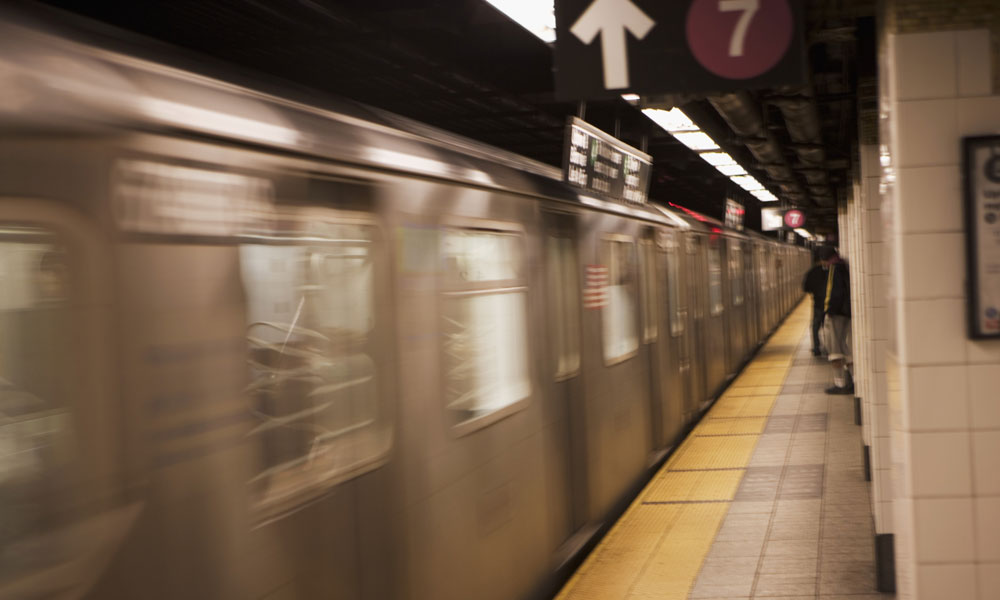
Public Transit Usage Jumps As Economy Improves
With high fuel costs and more jobs in American cities, public transportation received quite the boost in usage during 2012.
Mass public transit is an essential part of life in urban cities. For riders, it’s cost effective, increasingly time efficient, and hassle free.
According to the American Public Transportation Association (APTA), 10.5 billion trips were taken on U.S. public transporation in 2012. APTA believes that a rise in employment and fuel prices boosted the use of public transportation.
“Two big reasons for the increased national transit ridership are high, volatile gas prices and, in certain localities, a recovering economy with more people returning to work,” said APTA president and CEO Michael Melaniphy in a statement. “Public transportation saves people money, and people save even more so when gas prices spike.”
However, public transportation costs add up themselves, both for employees and employers who have to offer transportation benefits to their staff.
With more staff using public transportation, should HR policies change about commuter benefits?
The employers: According to the IRS, transportation benefits apply to mass transit passes and parking. Public transit subsidies are taken from an employee’s pre-tax income and may amount to up to $245 a month. According to The San Francisco Examiner, the fiscal cliff deal passed in January allowed taxpayers to take annual exemptions of nearly $1,500 thanks to this requirement. “With the transit-benefits package now matching the perks offered to motorists, public-transportation riders no longer face a financial bias from the federal tax code,” Melaniphy told the Examiner. However, depending on the city, these subsidies may not be enough.
The riders: According to Melaniphy, there was a spike in areas of the country where the economy has improved and more jobs have become available. Unemployment rate went from 8.5 percent to 7.8 percent in a year, and, with it, so did the need for transportation. As fuel costs rose, many began relying on public transportation to get to the office. The APTA report shows that 60 percent of transit trips are for commuting to work. Riders need different public transit benefits depending on the city and the type of public transit. The Census Bureau reports that more than 50 percent of New York City’s population uses public transportation, while less than 1 percent of Oklahoma City does.
How does your association handle public transit subsidies? Let us know what suggestions you’d offer to associations considering such plans in the comments.
(Medioimages/Photodisc/Thinkstock)






Comments